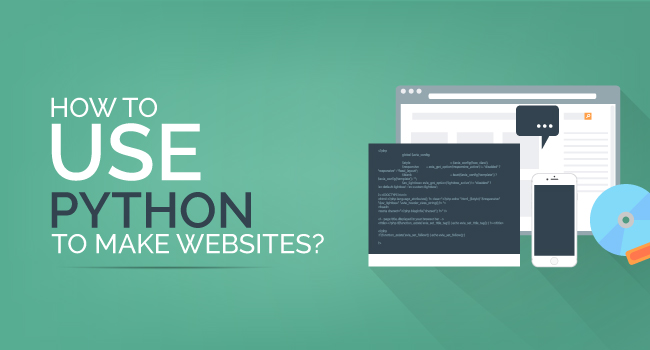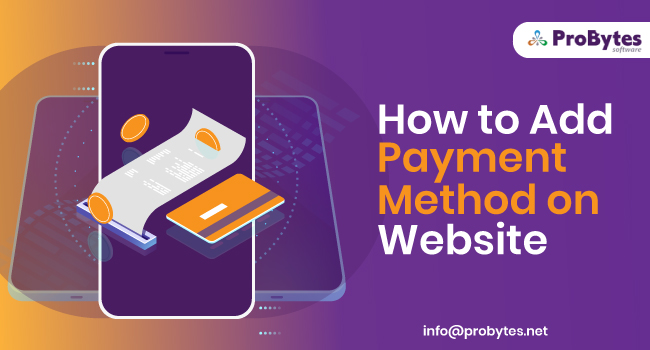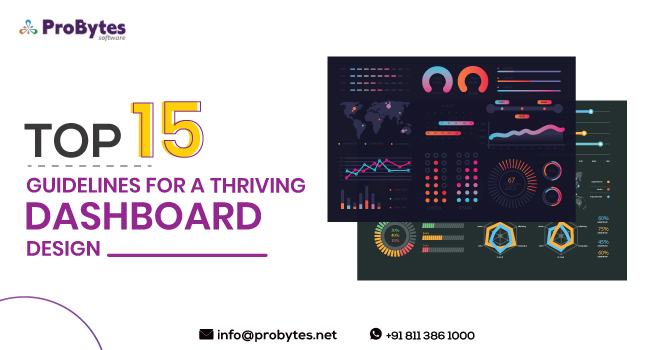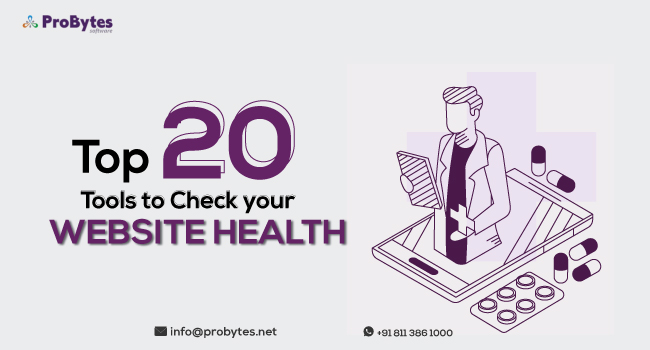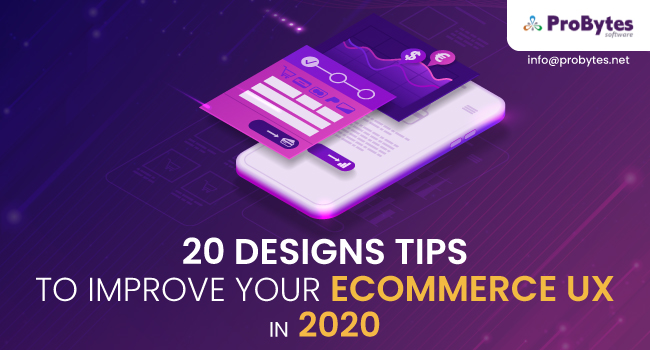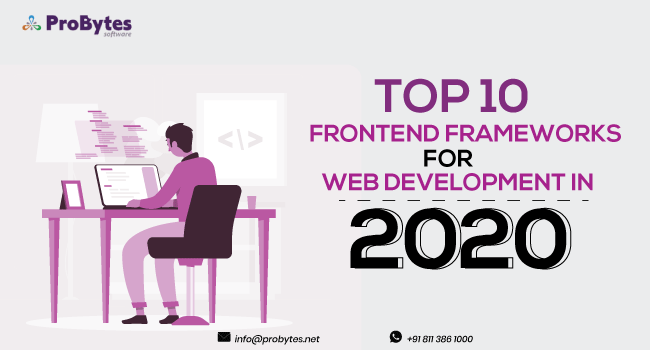Blog Category(283 Blogs)
12 Steps To Follow Building An E-commerce Website
It is crazy how only until a few years ago no one knew what online shopping is and now is the industry is set to cross the $2 trillion mark in a couple of years.
The e-commerce industry has become one of the most valued and fastest growing industries across the globe. Whether you have only a few products to sell or a hundred different products, having an e-commerce website is a necessity.
Building a basic e-commerce website is a piece of cake however; to make it a fully functional and a successful one is indeed a herculean task.
To summarize,
Let’s go through 12 golden steps that can help you in the process.
1. Decide your target population
If you don’t know your target population well, no matter how good your product is, it won’t sell. Also, your target population decides the kind of design your e-commerce website should be of. So choose wisely, do your research, and check what the demand in each category of people is and only then decide your target population.
2. Design products for your e-commerce store
Now that you’ve selected your target audience, it is time to design your products. You might have the products in mind, but the end cost will depend on the type of materials you use and the marketing costs, which all depend on the kind of audience you want to target.
3. Set the value
Setting the price of the products is one of the most difficult things a businessperson has to decide. Make sure you include the following costs in your product price:
- Material costs
- Web hosting costs of your e-commerce website
- Taxes and duty
- Shipping costs
- Share is given to credit or debit card companies or any other payment gateway
- Marketing and advertising costs
Before setting the price, learn the market. Check the rates at which your competitor sells his products.
4. Research shipping costs
You might want to include shipping costs in the product cost or mention it separately on the product page. It is entirely on you but adding the shipping cost to the total cost can give you an advantage, which means you can advertise as free shipping, which is a significant selling point.
5. Select a domain name
It is the most fun and creative part of the entire process. Be as creative as you can but make sure that your store’s name can be pronounced easily by your customers. Don’t use names that have already been used even if the company isn’t a competitor. You don’t want to put yourself through unnecessary copyright issues.
In short, keep in mind four things while picking a domain name:
- Short and creative
- Easily pronounceable
- No copyright issue
- Suits your business idea
6. Choose the desired platform
Choose your web hosting platform and package wisely. If you are starting out and want to get a better idea of how the market works, you can first open your store on Etsy or Amazon and then move on to a full-fledged web hosting platform.
Different platforms offer different benefits, for example – HostGator is compatible with many e-commerce options so that you can work on multiple things on the same website. Or you can go for Magento or Prestashop, which has many ways to list products and provides an easy path to the shopping cart.
7. Design your website
This is the most critical part of building a website and also the one that takes most of the time. Only if you successfully carry on the earlier six procedures, this is going to be the easiest step of all. While you and your web designer is designing the website, get started with writing a web copy that will help you describe your wares and encourage website visitors to buy your products.
You can either build your website from scratch or use a website builder like WordPress to do so. There are some basic things that you must include in your e-commerce website, which includes:
- The home page featuring daily deals and offers
- About page talking about your company and what inspired to start the business
- Products page
- Customer service and contact page
- The blog features articles about how to use your products, styling tips, and more
A confusion that every store owner faces is what theme to go with. You need to remember it isn’t about you but it is about your website visitors. Make the website interactive and mobile friendly as it has become vital in today’s world.
8. Add products to the website
Add your products to the website. Give your product a nice name and a crisp description. Add high-quality products and videos or audio to give your website visitors a better idea of the product. You can encourage your users to buy the products by mentioning the number of items left.
9. Set up the payment
The web hosting platform you’ve chosen has a payment protocol, which will help you set up the payment. There aren’t many changes you need to do in this section as everything is ready for you, you only have to add the variables.
10. Test checkout
Carry on a test checkout before launching your e-commerce website. Pay attention to the tiny things and how your website works on the computer screen, mobile phones, and tablets. Check if there’s anything that is slowing down your website and how you can change it.
11. Get SSL Certificate
Getting an SSL Certificate is very important for the website. It is the green lock that appears before your website link. It helps to keep your customer data private and safe. Don’t skip this part of the procedure because it will keep sensitive details will stay safe so that hackers don’t hack your website and steal credit card information.
12. Start selling your products
It is the final step of the process. It is time to sell your products and turn your start-up into a successful business. Invest in content marketing, promotion and advertising, and social media. If you don’t have enough money, go the old-fashioned way and do mouth publicity.
However, there are e-commerce website development companies who will take care of the entire process with ease. All you have to do is to check list the points mentioned above and have a detailed discussion regarding products list, pricing design etc. in short, you should brief them what you need and in turn and should make sure that all of it is incorporated in your website.

 Python
Python Magento
Magento Odoo
Odoo How To
How To How Much
How Much Yii Development
Yii Development Core PHP
Core PHP Prestashop
Prestashop Latest News
Latest News Education
Education Web Design
Web Design Business
Business Ecommerce
Ecommerce Travel
Travel Banking and Finance
Banking and Finance Web Development
Web Development Ruby On Rails
Ruby On Rails Joomla Development
Joomla Development Ecommerce
Ecommerce Magento Development Services
Magento Development Services Hire a Developer
Hire a Developer Web Crawling Services
Web Crawling Services


